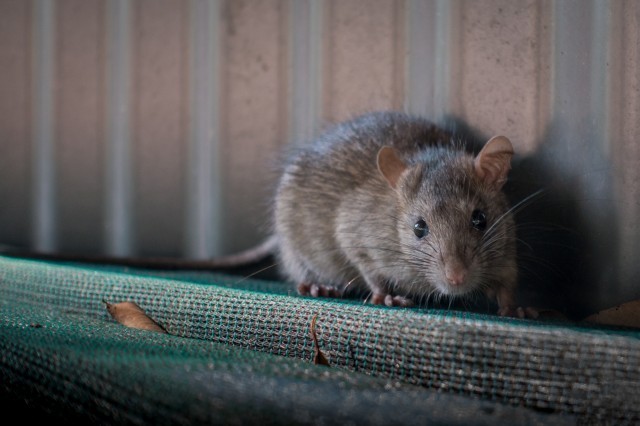Bugs may be difficult to deal with, yet having rodents at your property is a much more difficult situation due to sanitary problems. Mice’s urine is known for being very toxic and sipping a bit by mistake could easily have you end up in a hospital. These rodents can walk all around your building while leaving droppings, scratching your furniture, gnawing your fixtures and they could also bite you and cause a variety of health complications. The most usual signs of mice are their droppings, as they usually prefer to make their business in darker areas such as inside cabinets, cupboards, closets or even behind your appliances.
If you have already determined that you have mice or rodent infestation then it is highly recommended you hire a Pest Control Chicago | Mice Control Experts to assist you. Always be very careful with dealing with mice or any other kind of rodent as their bites can cause rat-bite fever, rabies and other illnesses no one wants to experience. Let me provide you a few methods you can use to identify a mice or rat infestation at your property:
Contents
Check if there are any mice droppings or strange odors:
As stated before, rodents like doing their business in darker places such as cabinets, closets, cupboards or any dark place around your property. Be sure to check thoroughly to see if you find any droppings by moving a few things around. If you don’t have pets and you are smelling a strange odor similar to urine, then it could also be a rodent warning.
Be very careful when handling both mice droppings and urine as they can cause hantavirus, salmonellosis and many other health complications if not handled properly. If you notice any dropping or urine nearby your plates, food containers or even at your food storages be sure to clean everything thoroughly or simply discard them as they could be poisonous.
Carefully inspect for gnawed food packages:
One very easy way to determine a mice infestation is by finding gnawed food packages. Mice love opening food packages to eat whatever is inside, but they always leave a mess whenever they do. Usually, you may stumble upon droppings or urine where they have gnawed food packages. Be sure you get rid of any of these open food packages as they could be very dangerous to eat.
One-way experts can determine the type of rodent and are done by checking the bite marks left on these packages. Bigger marks may determine a rat problem while smaller ones could be made by mice. Gnaw marks are lighter when they are recent and get darker with age, so if you spot a light gnaw mark that surely means the infestation continues.
Check for shredded fabric, paper or cardboard as these could be nests:
Mice not only gnaw at food packages as they may bite and scratch fabric, paper or cardboard to create their nests. If you stumble a pile of these shredded materials you may be able to follow it towards its source, though that most likely means that there is an unwanted guest at your property. Usually, mice or rat’s nests may have some sort of strange odor, which is another key factor to an infestation. These critters may not always be inside of your home and may only be going in to find food, so be sure to check any organic waste or piles of trash that may be lingering for too long outside of your property.
Dealing with mice infestation on your own can be very difficult, as these critters can easily reproduce and cause a variety of problems at home. Do not ignore the signs of rat or mice infestation because the problem could easily become bigger the longer you take. There are many rat & mice traps that are very effective to remove these rodents, especially if there are only one or a few present at your property. It is highly recommended to leave the extermination work to the experts as otherwise you may have to deal with these living mammals on your own and it is not a good experience.
Remember to get professional help as soon as you spot any sign of mice or rodents at your property. An expert can make sure that all these critters are removed from your premises, otherwise, you may be only removing a few on your own while the rest of the infestation population still reproduces.




